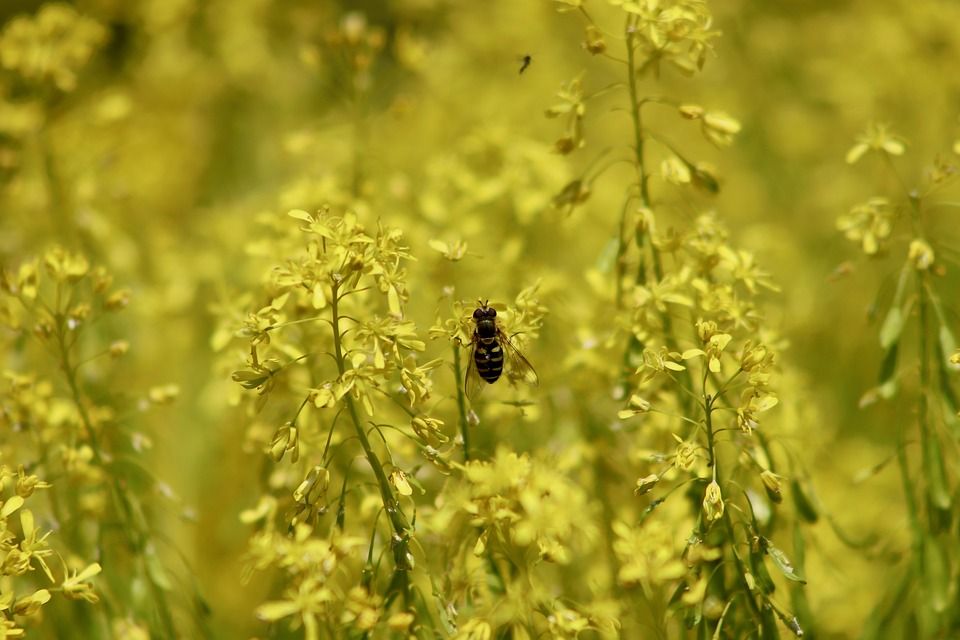Woad Plant (Isatis Tinctoria): How to Grow and Use Woad Plant Dyes
If the world is your oyster, then your garden is your horticultural playground. You can grow plants for shade, for landscaping qualities, for their crops, or to make dye. One of those useful plants grown for their dye is the woad plant.
It’s a hardy and versatile plant that can adapt to many conditions and reward your hard work and care with its colorful blooms and precious leaves.
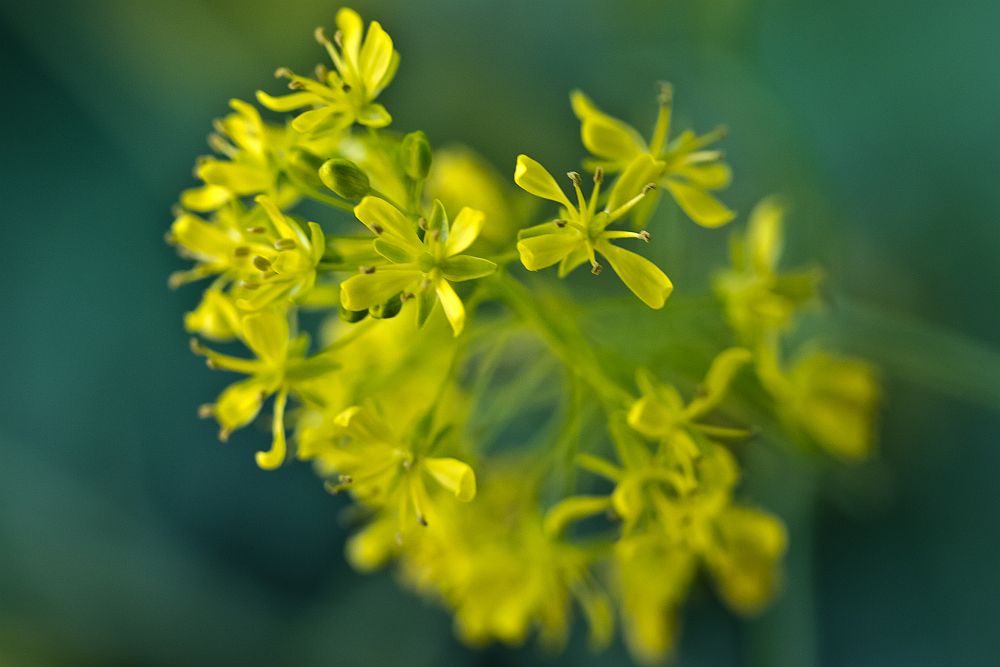
While dye has always been a valuable commodity that has prompted Europe to send fleets of merchant ships in pursuit of indigo blue dye, the radical idea of growing woad plants in the temperate Mediterranean regions is only a few hundred years old. From Turkey and Southern France, woad found its way to the New World where its dye is still very much in demand.
So how do you grow woad plants in your garden?
All About Woad Plant
A member of the cabbage family (Brassicaceae), woad (Isatis tinctoria) is a biennial plant with similar characteristics to Chinese Woad (Isatis indigotica). But while the Chinese cousin is grown mainly for medicinal purposes, woad has always been valued for the dye that can be extracted from its leaves.
But even if you have no interest in dyes, the yellow blooms of woad which blossom in the spring are enough to make you consider adding it to your garden. However, you should be aware that some states have put restrictions on growing woad due to its invasive nature. These states include Oregon, New Mexico, Washington, Colorado, Nevada, Arizona, Utah, California, Idaho,Montana, and Wyoming. So before you grow it in your garden, you should check the local regulations.
After pollination, the flowers fade and are replaced with large seed pods. If you care about protecting your garden then you should harvest the flowers before pollination as we’ll see later. However, you might want to keep some plants growing for the seed. The seeds you collect are usually available for planting for only one year. Although the seeds look similar to those of weeds, they have a distinct smell that is easily recognizable.
The leaves of woad vary in shape and color. Some varieties have toothed leaves that come in blue or green shades. Others have smooth leaves that are more yellowish-green. The amount of dye you get from woad depends on the variety. So there’s always room to improve on the woad species you plant and find a hybrid that gives you better results.
Medicinal and Garden Benefits of Woad Plant
Woad has been part of traditional medicine for centuries. In China, the root of the plant is dried up to make an extract or grind it into a powder where it has been used to treat various ailments from fever and tonsillitis to virus infections, scarlet fever, blood poisoning, and hepatitis. However, it’s not recommended that you self-prescribe a dose of woad powder for any health condition no matter how mild. The scientific benefits of woad root as medicine have not been proven yet.
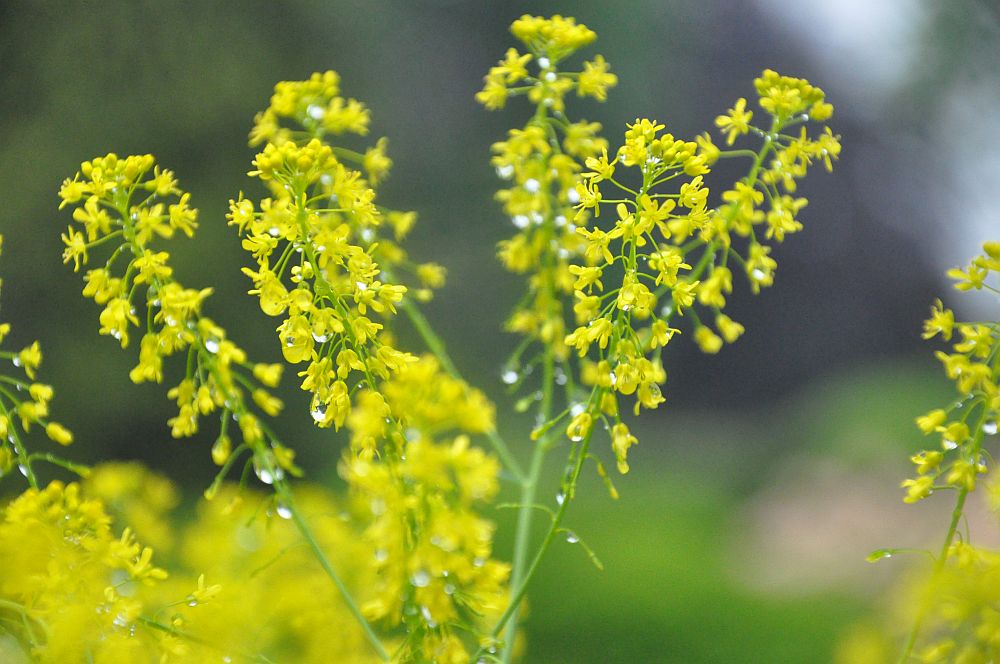
As for its benefits in your garden, that has been proven both by research and experience. Even though woad is a heavy feeder, its strong taproots dive deep into the soil breaking any dense clay and creating pockets of air that improve the soil drainage and aeration. When you introduce mulch to the soil, this creates fertile grounds for earthworms and other grubs that enrich the soil with organic matter.
The flowers of woad usually bloom much earlier than other plants that attract pollinators such as bees and monarch butterflies. Bees, in particular, are attracted to woad flowers thanks to their distinct aroma and sweet nectar. That said, you should always be wary of the plant’s invasive nature and ability to escape your garden to spread their seeds in neighboring lawns and gardens.
How to Grow Woad Plant
How you grow and care for woad depends on what you are growing it for. If it’s just a landscaping plant with pretty blooms, then you have almost free reign in how to treat it. You can simply think of woad as just another perennial flowering plant that you can pamper. But if you are growing it for its precious dye, then you’ll need to be hard on it to encourage it to produce more dye.
Water
Woad needs water and lots of it to germinate, grow, and thrive. Usually, you would plant woad in the early spring and immediately water the soil to saturation. For one thing, the seeds will not germinate unless there’s plenty of water. Otherwise, the natural inhibitor in the seeds will keep them from sprouting. You need to keep the soil wet during the first few weeks of the plant’s life until the taproots establish themselves. Once the plant is fully grown, then you don’t have to worry about watering it that often even during the summer months. The deep roots usually get their own water needs from the soil.
Light
As a native of the Mediterranean, woad is accustomed to the bright sun of Southern Europe. Woad needs full sun as much as it needs water to produce a good indigo crop. Since you grow it in the early spring, that exposes the plant to frost. Beware of the cover you provide your plants to protect against frost. The same cover might cut off the plant’s exposure to the sun and reduce the indigo crop. Ironically, even frost damage doesn’t impact the indigo yield as much as sun deprivation. So keep that in mind the next time you decide to cover your woad with a tarp.
Mulch
It’s not often that you find a plant willing to forego fertilizer for the sake of mulch. However, you’ll still need to fertilize your woad a lot to ensure the indigo and seeds are plentiful. The benefits of mulch are abundant from water retention to soil aeration, both of which are needed to grow woad. Mulch also inhibits the growth of weed and pests. So before you plant your woad, add a liberal layer of mulch, about 6 inches, between the rows of woad. Later you’ll need to replenish that as the plants start to flower.
Woad Plant Care
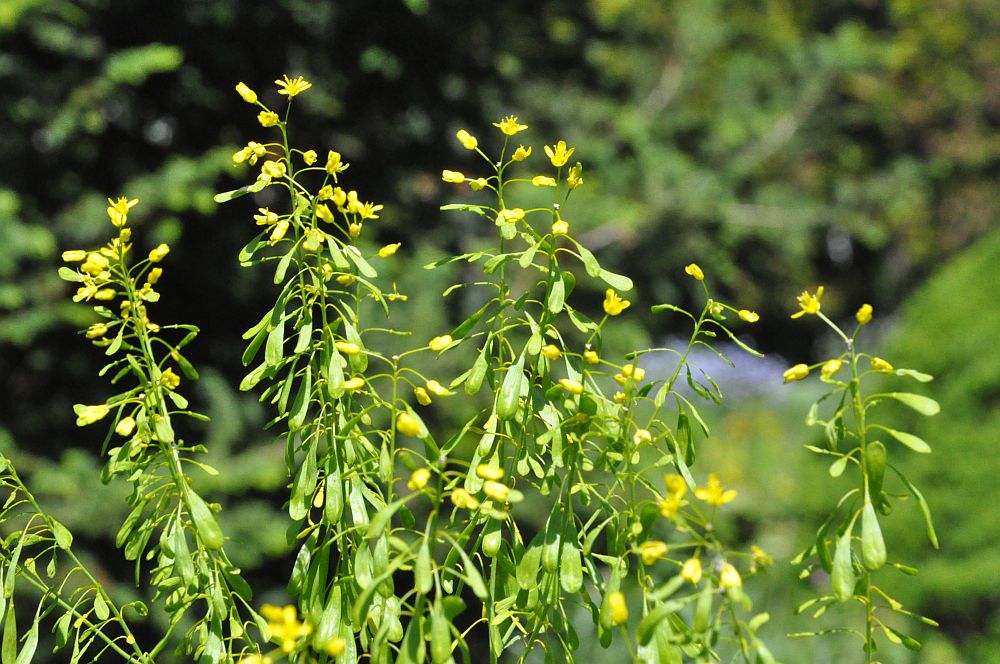
As we said earlier, woad is not the kind of plant that needs pampering. You need to stress it in order to get a good amount of indigo. Here are the important things to consider for a successful crop.
Propagation
The best way to propagate woad is with seeds. You can either collect the seeds yourself from previous plants or buy them from a nursery. Make sure the seeds are fresh since they only have one year of shelf life. Older seeds will not germinate and if they do, the plants will not be successful. Sow your seeds in early April and make sure the soil is slug and snail free. Both of these feed on the seedlings and damage the plants before they have a chance to grow. When the seeds germinate, move them out in May when the soil is warm enough. Water regularly until the taproots reach enough depth in the soil to find their own water.
Pests and Disease
As part of the cabbage family that also includes broccoli, kale, mustard, and of course cabbage, you can expect your woad to suffer from the same health issues as these other plants. As a heavy feeder, it’s not recommended to grow crops in the same patch year in year out. You should rotate woad plants around your garden to allow the soil enough time to rest. Club root and cabbage white caterpillars are some of the most common pests. Fight them off with anise hyssop that attracts pollinators that feed on these pests. You can also manually pick the white eggs and caterpillars and dispose of them safely.
Storing Seed
Since you will often harvest your flowers before they pollinate to preserve your indigo crop and prevent overseeding, you need to keep a few plants for their seeds. Experts recommend you mark two or three strong plants in the early stages and set them aside for seed production. Keep the plants growing and mulch them well as the winter approaches. Those three plants are usually enough to produce a lot of seeds. Make sure to collect all the seed pods before they fall and scatter all over the area. You’ll need to plant these seeds next spring at most before they get old.
Harvesting Woad Leaves
The dye of woad is extracted from its mature leaves. In general, you’ll need to watch for the specific species of woad you’re growing to determine the best time to harvest the leaves. You should wait for the leaf to reach about 6 inches in length and about 40 leaves are growing on each plant before you harvest them.
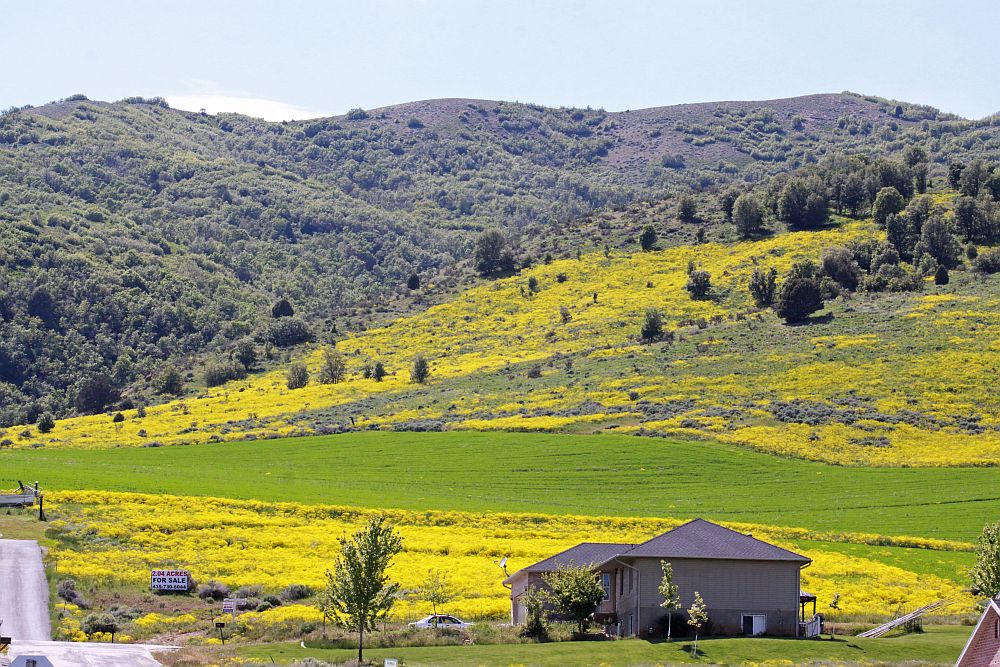
You will have a few harvests each year. The first harvest should focus on the mature leaves. Don’t harvest more than one third or at most half of the leaves on one plant. Also, make sure not to cut the small leaves in the center. Within about 4 weeks, the woad plant will grow more leaves and you can repeat the harvesting until the fall.
